" Force / बल "
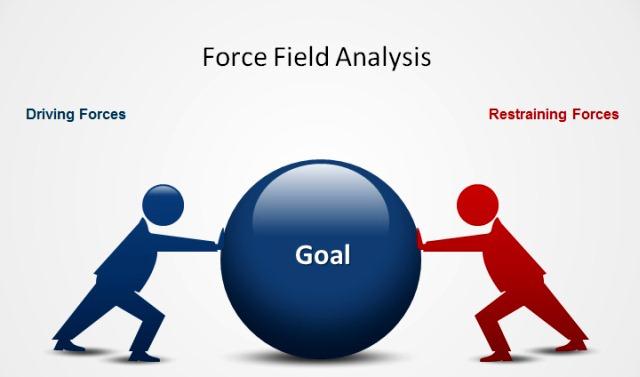



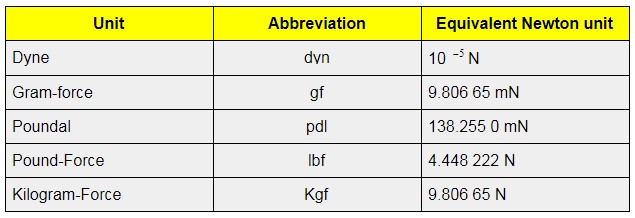
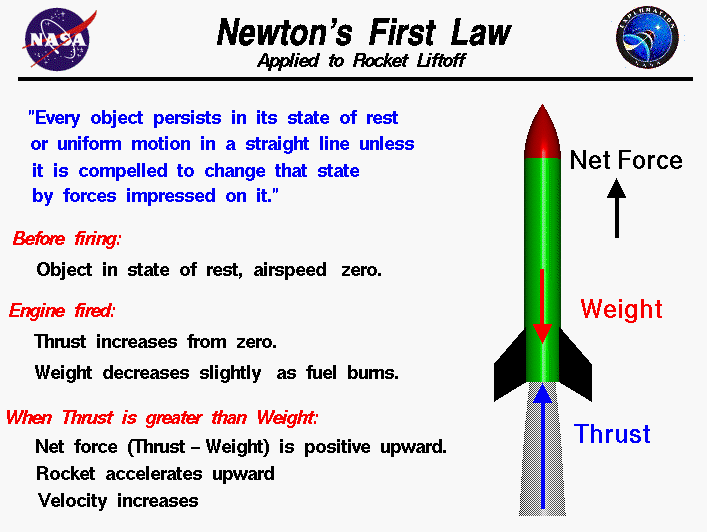

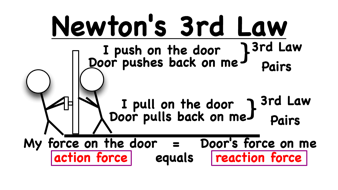
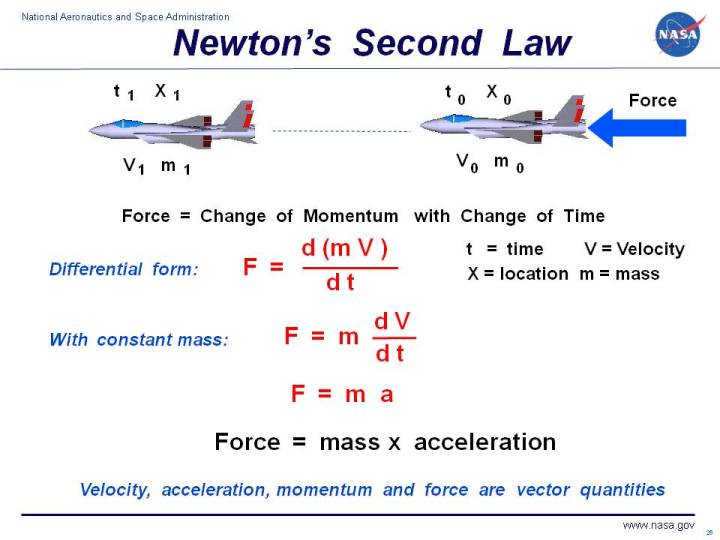
"बल, यांत्रिकी में, कोई भी क्रिया जो किसी पिंड की गति को बनाए रखने या बदलने या विकृत करने के लिए होती है।" आइसाक न्यूटन के प्रस्ताव के तीन नियमों के संदर्भ में बल के विचार को सामान्य रूप से स्पष्ट किया गया है जो उनके प्रिंसिपिया मैथेमेटिका (1687) में निर्धारित किए गए थे।


जैसा कि- न्यूटन के पहले सिद्धांत से संकेत मिलता है, एक ऐसा शरीर जो एक सीधी रेखा में एक समान दर पर विश्राम या गतिमान है, उस अवस्था में तब तक रहेगा जब तक कि कुछ बल उस पर लागू नहीं हो जाता।
दूसरा नियम कहता है कि जब कोई बाहरी बल किसी शरीर पर कार्य करता है, तो वह बल की ओर शरीर का एक तेज (गति में परिवर्तन) पैदा करता है। बढ़ती गति की महानता सीधे बाहरी बल की सीमा के सापेक्ष होती है और शरीर में मुद्दे की मात्रा के विपरीत होती है।
न्यूटन के तीसरे नियम में कहा गया है कि जब एक शरीर दूसरे शरीर पर बल लगाता है, तो दूसरा शरीर पहले शरीर पर एक बराबर बल लगाता है। कार्रवाई और प्रतिक्रिया का यह सिद्धांत बताता है कि कोई बल किसी पिंड (यानी, उसके आकार को बदलने) को छोड़ देता है, चाहे वह शरीर को हिलाने के लिए क्यों न हो। किसी शरीर की विकृति को आमतौर पर उसकी गति की जांच करते समय अवहेलना किया जा सकता है।
बल को मापने के लिए भौतिक विज्ञानी न्यूटन, वर्ल्डवाइड सिस्टम (SI) की एक इकाई का उपयोग करते हैं। न्यूटन एक ऐसी शक्ति है जो शरीर के हर एक सेकंड के लिए एक मीटर की दूरी पर एक किलोग्राम को प्राप्त करने की उम्मीद करती है। समीकरण F= MA का उपयोग किसी दिए गए निकाय की गति को बढ़ाने या घटाने के लिए आवश्यक न्यूटन की मात्रा की गणना करने के लिए किया जाता है। माप की अंग्रेजी प्रणाली का उपयोग करने वाले देशों में, इंजीनियर आमतौर पर पाउंड में बल मापते हैं। बल का एक पाउंड एक पाउंड की वस्तु को हर दूसरे वर्ग में 32.17 फीट की बढ़ती गति प्रदान करता है।

Force, in mechanics, any action that tends to keep up or change the motion of a body or to distort it. The idea of force is normally clarified in terms of Isaac Newton's three laws of motion set forward in his Principal Mathematics (1687).

As indicated by Newton's first principle, a body that is at rest or moving at a uniform rate in a straight line will stay in that state until some force is applied to it. The second law says that when an outside force acts on a body, it produces a quickening (change in speed) of the body toward the force. The greatness of the increasing speed is straightforwardly relative to the extent of the outer force and inversely corresponding to the amount of issue in the body. Newton's third law states that when one body exerts a force on another body, the second body exerts an equivalent force on the first body. This principle of action and reaction explains why a force tends to misshape a body (i.e., change its shape) regardless of whether it causes the body to move. The distortion of a body can usually be disregarded when investigating its motion.


Physicists use the newton, a unit of the Worldwide System (SI), for measuring force. A newton is the force expected to quicken a body gauging one kilogram by one meter for every second out of every second. The equation F = ma is utilized to compute the quantity of newtons required to increase or decrease the speed of a given body. In countries still using the English system of measurement, engineers generally measure force in pounds. One pound of force imparts to a one-pound object an increasing speed of 32.17 feet every second squared.




No comments:
Post a Comment